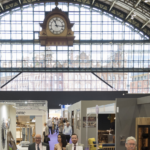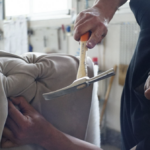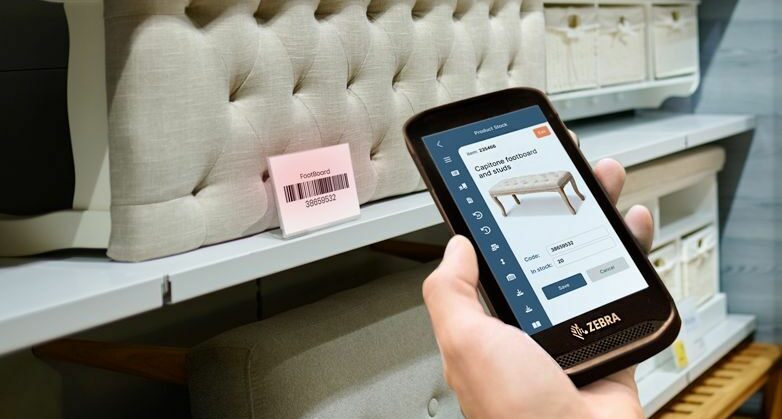UK footfall improved during June as consumers shopped around for the best deals both online and in-store, with the number of visits to individual shops rising, says the BRC.
According to BRC-Sensormatic IQ Footfall Monitor for June 2022, total UK footfall decreased by 10.5% in June (Yo3Y)*, a 2.0 percentage point improvement from May. This is better than the 3-month average decline of 11.8%.
This was ahead of Germany (-19.4%), Italy (-21.6%) and France (-23.5%) in June (Yo3Y).
*Since the pandemic started, much of retail has bounced between being open and closed, impacting footfall significantly. To make meaningful comparisons to changes in footfall, all figures are compared to their pre-pandemic (2019) levels. This means 2022 figures are year-on-three-years (Yo3Y).
Footfall on High Streets declined by 13.9% in June (Yo3Y), 0.3 percentage points worse than last month’s rate but an improvement on the 3-month average decline of 14.8%.
Retail Parks saw footfall decrease by 8.1% (Yo3Y), 1.8 percentage points worse than last month’s rate and was worse than the 3-month average decline of 7.0%.
Shopping Centre footfall declined by 24.1% (Yo3Y), 2.6 percentage points better than last month’s rate and above the 3-month average decline of 25.9%.
England again saw the shallowest footfall decline of the four nations at -9.9%, followed by Wales at -12.7% and Northern Ireland at -14.7%. Scotland again saw the steepest decline at -15.8%.
When compared to June 2021, total UK footfall was up 23.1%, with High Streets and Shopping Centres increasing 28.5% and 16.7% respectively. Retail Park footfall was down 0.8%.
Helen Dickinson OBE, Chief Executive of the British Retail Consortium, said: “The cost-of-living crisis appears to be driving more people to shop around for the best deals both online and in-store, with the number of visits to individual shops rising in June. This was boosted by the Jubilee celebrations and summer heatwave, which more than compensated for the impact of the rail strikes on city centre footfall. However, this has not translated into in-store and online sales, with volumes down significantly in recent months as consumers tightened their belts.
“Rising inflation, particularly soaring energy costs, is limiting customer spending power and damaging consumer confidence. This is only set to worsen in October as the energy price cap rises and the colder weather increases usage. With many people struggling, retailers are doing all they can to support their most vulnerable customers – from expanding value ranges to offering discounts to vulnerable groups, raising staff pay and investing in lower prices for the future.”
Andy Sumpter, Retail Consultant EMEA for Sensormatic Solutions, commented: “June delivered a rollercoaster ride for the High Street – the highs of the ‘Jubilee Jump’ in footfall where retailers benefitted from the beginning of the month was, in part, derailed by the rail strikes as some shoppers stayed at home to avoid travel disruption.
“This mixed bag of footfall performance will do little to allay retailers’ concerns as the cost-of-living and inflationary pressures continue to weigh heavy in the public consciousness. Retailers will be hoping that even if consumers shop less frequently, they will be more considered in their purchases to drive up conversion when they do come into store.”















